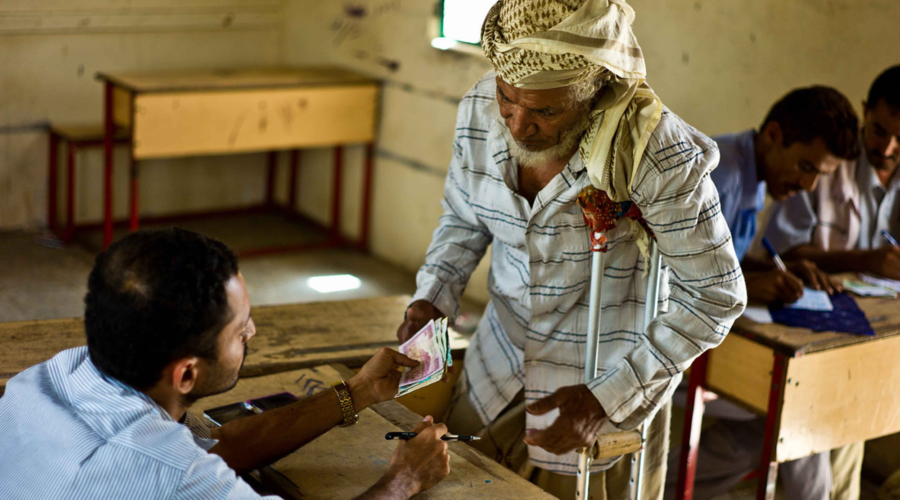The number of people affected by crises is increasing at a faster rate than resources are being provided to meet the needs. Humanitarian partners need to look at more efficient and effective ways to make limited humanitarian aid budgets go further. It has been demonstrated in many contexts that giving aid directly in the form of cash, is both an effective and efficient way to maximise the impact of humanitarian assistance. However, a recent multi-partner study identified that only 6% of total humanitarian spending actually goes on cash. The use of cash in humanitarian response has many benefits. Cash is an effective and efficient way to maximise the impact of humanitarian assistance during emergencies. Some of the most important benefits include:
- The ease of logistics to move cash around and the speed at which help can be delivered in a cost-effective way.
- The dignity and independence that it restores to affected populations by giving them the ability to prioritise their own needs.
- The stimulation of local economies.
This webinar looks at the mechanisms and modalities of cash assistance, with a particular focus on how cash was planned and implemented following the Ghorka earthquake in Nepal. During this session, we also introduce discussions on the possibilities for expanding the role of cash assistance in the future.



